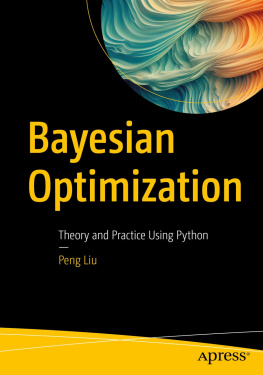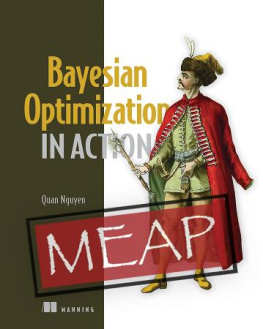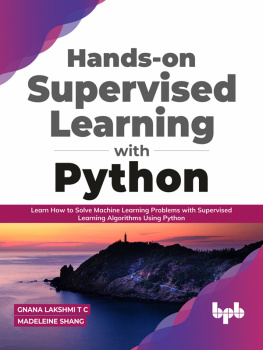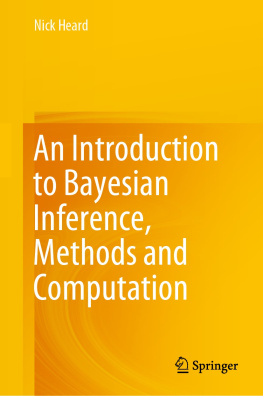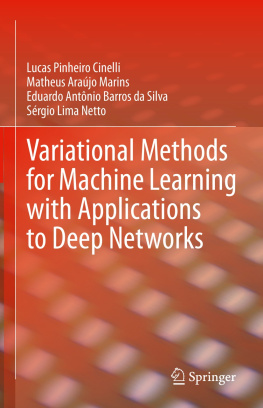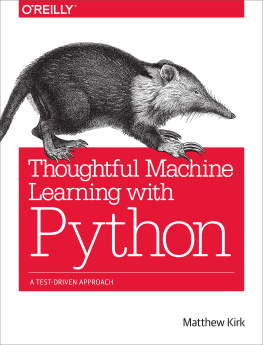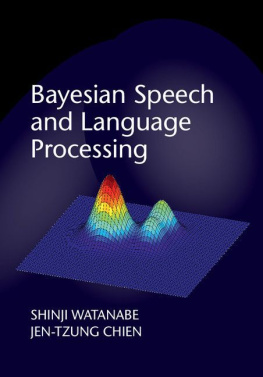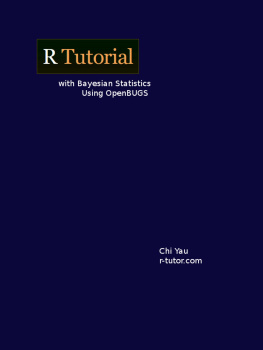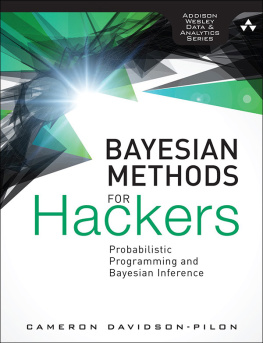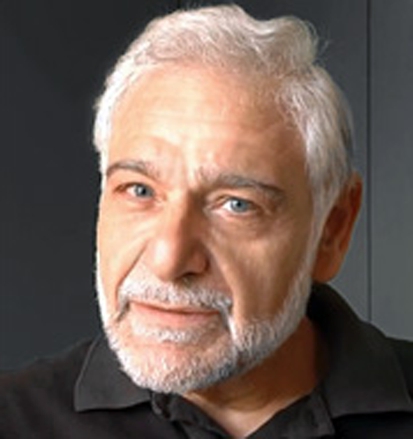Sergios Theodoridis - Machine Learning: A Bayesian and Optimization Perspective
Here you can read online Sergios Theodoridis - Machine Learning: A Bayesian and Optimization Perspective full text of the book (entire story) in english for free. Download pdf and epub, get meaning, cover and reviews about this ebook. year: 2020, publisher: Academic Press, genre: Children. Description of the work, (preface) as well as reviews are available. Best literature library LitArk.com created for fans of good reading and offers a wide selection of genres:
Romance novel
Science fiction
Adventure
Detective
Science
History
Home and family
Prose
Art
Politics
Computer
Non-fiction
Religion
Business
Children
Humor
Choose a favorite category and find really read worthwhile books. Enjoy immersion in the world of imagination, feel the emotions of the characters or learn something new for yourself, make an fascinating discovery.

- Book:Machine Learning: A Bayesian and Optimization Perspective
- Author:
- Publisher:Academic Press
- Genre:
- Year:2020
- Rating:5 / 5
- Favourites:Add to favourites
- Your mark:
Machine Learning: A Bayesian and Optimization Perspective: summary, description and annotation
We offer to read an annotation, description, summary or preface (depends on what the author of the book "Machine Learning: A Bayesian and Optimization Perspective" wrote himself). If you haven't found the necessary information about the book — write in the comments, we will try to find it.
Machine Learning: A Bayesian and Optimization Perspective, 2nd edition, gives a unified perspective on machine learning by covering both pillars of supervised learning, namely regression and classification. The book starts with the basics, including mean square, least squares and maximum likelihood methods, ridge regression, Bayesian decision theory classification, logistic regression, and decision trees. It then progresses to more recent techniques, covering sparse modelling methods, learning in reproducing kernel Hilbert spaces and support vector machines, Bayesian inference with a focus on the EM algorithm and its approximate inference variational versions, Monte Carlo methods, probabilistic graphical models focusing on Bayesian networks, hidden Markov models and particle filtering. Dimensionality reduction and latent variables modelling are also considered in depth.
This palette of techniques concludes with an extended chapter on neural networks and deep learning architectures. The book also covers the fundamentals of statistical parameter estimation, Wiener and Kalman filtering, convexity and convex optimization, including a chapter on stochastic approximation and the gradient descent family of algorithms, presenting related online learning techniques as well as concepts and algorithmic versions for distributed optimization.
Focusing on the physical reasoning behind the mathematics, without sacrificing rigor, all the various methods and techniques are explained in depth, supported by examples and problems, giving an invaluable resource to the student and researcher for understanding and applying machine learning concepts. Most of the chapters include typical case studies and computer exercises, both in MATLAB and Python.
The chapters are written to be as self-contained as possible, making the text suitable for different courses: pattern recognition, statistical/adaptive signal processing, statistical/Bayesian learning, as well as courses on sparse modeling, deep learning, and probabilistic graphical models.
New to this edition:
- Complete re-write of the chapter on Neural Networks and Deep Learning to reflect the latest advances since the 1st edition. The chapter, starting from the basic perceptron and feed-forward neural networks concepts, now presents an in depth treatment of deep networks, including recent optimization algorithms, batch normalization, regularization techniques such as the dropout method, convolutional neural networks, recurrent neural networks, attention mechanisms, adversarial examples and training, capsule networks and generative architectures, such as restricted Boltzman machines (RBMs), variational autoencoders and generative adversarial networks (GANs).
- Expanded treatment of Bayesian learning to include nonparametric Bayesian methods, with a focus on the Chinese restaurant and the Indian buffet processes.
Sergios Theodoridis: author's other books
Who wrote Machine Learning: A Bayesian and Optimization Perspective? Find out the surname, the name of the author of the book and a list of all author's works by series.

